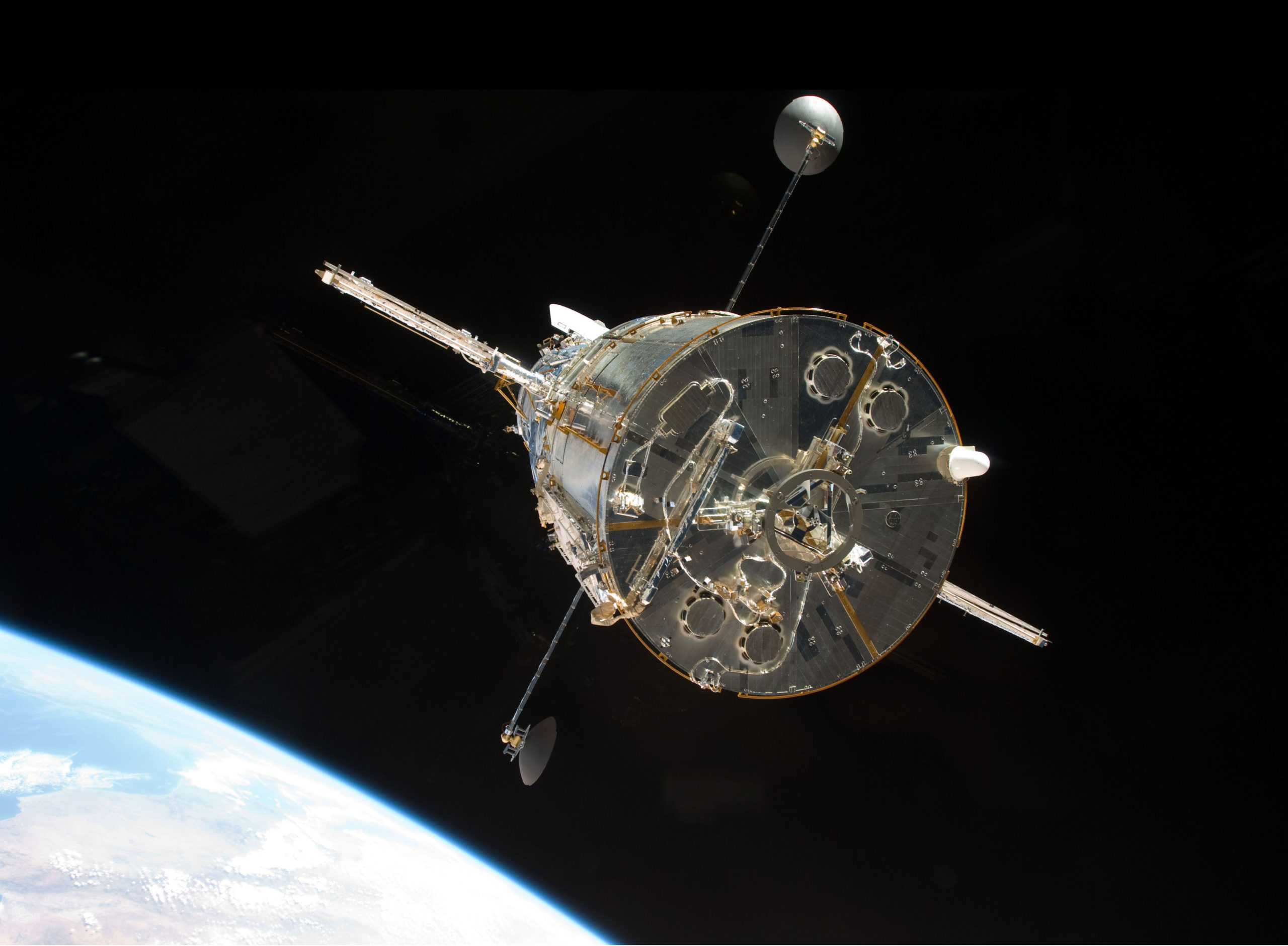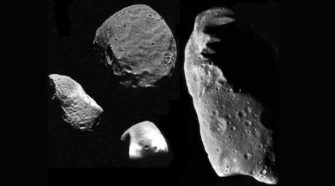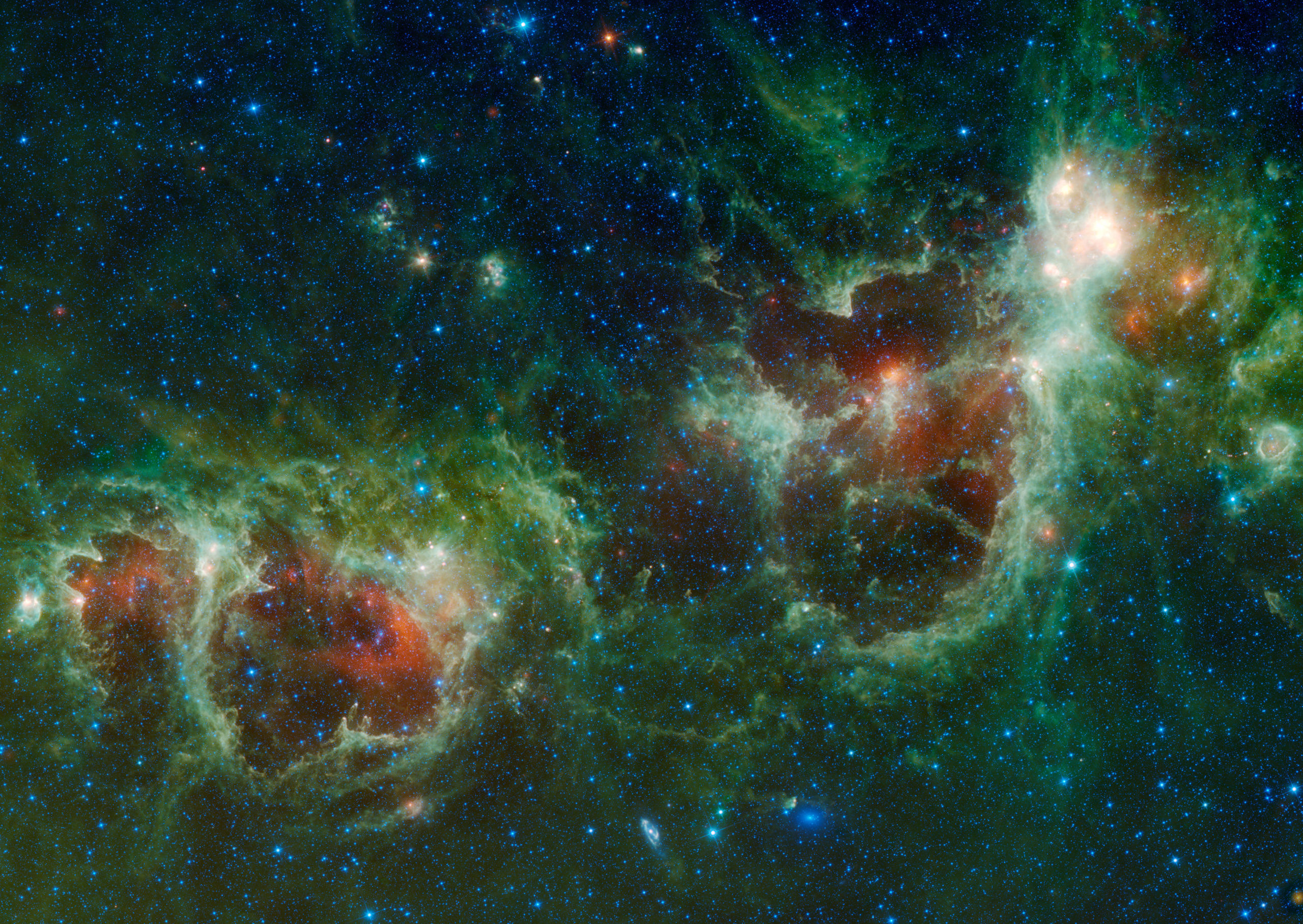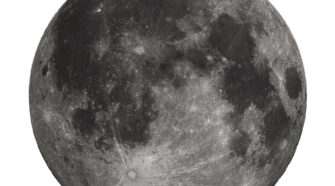Astronomy
Hubble Space Telescope: Showing humanity the Universe for 25 years
Since launching in 1990, the Hubble Space Telescope (HST) has awed and inspired the public with a dazzling array of images. More than just pretty pictures, Hubble has collected 25 years of data, providing unprecedented views and insights into the universe. By observing objects from neighboring planets to the most distant galaxies, Hubble has captured …
Hubble, bubble, toil and trouble
Vocabulary • Focal Length: The distance between a curved mirror and its Focal Point • Focal Point: The position where all reflected light inside the telescope focuses to a point of light • Focal Surface: The place where the Focal Point converges to • Primary Mirror: The larger of the two curved mirrors that reflect …
Astronomical serendipity
Since 1594, when Johannes Kepler predicted that there should be a planet between Mars and Jupiter, astronomers had been searching for that “missing planet.” When Giuseppe Piazzi discovered Ceres in 1801, the scientific world thought that he had ended the search. Then Ceres disappeared from sight, only to be recovered one year later. Astronomers breathed …
Cassiopeia: The Queen
Cassiopeia is a prominent constellation in the northern hemisphere which is very easily recognised as a W or M in the night skies. In most of Continental America and all of Europe it is visible year round but becomes most spectacular in the winter months, when it is elevated to a much higher altitude. Along …
M16: The Eagle Nebula
The Eagle Nebula is located in the constellation Serpens and is one of the most iconic star forming regions in our galaxy. The nebula is also known as Messier 16 or M16 in the catalog of celestial nebulas and star clusters compiled by French Astronomer Charles Messier. This is probably one of the most famous …
All about the Earth’s moon
As this issue commemorates 45 years since the first human placed foot on the Moon it seems rather fitting to feature the Moon in this astronomy item. As we all know the Moon is our nearest astronomical body at about a quarter of a million miles or 405,000 Km away. Unlike other planets in our …






